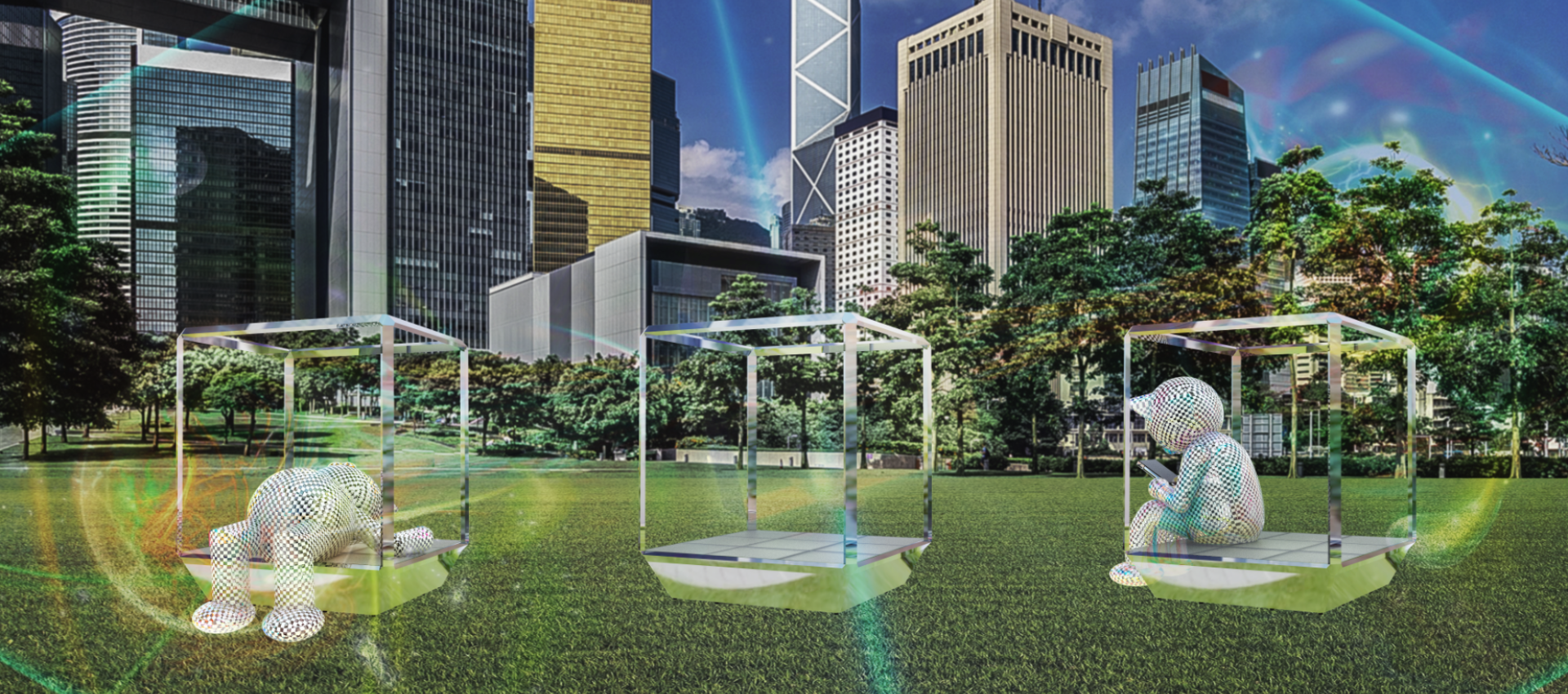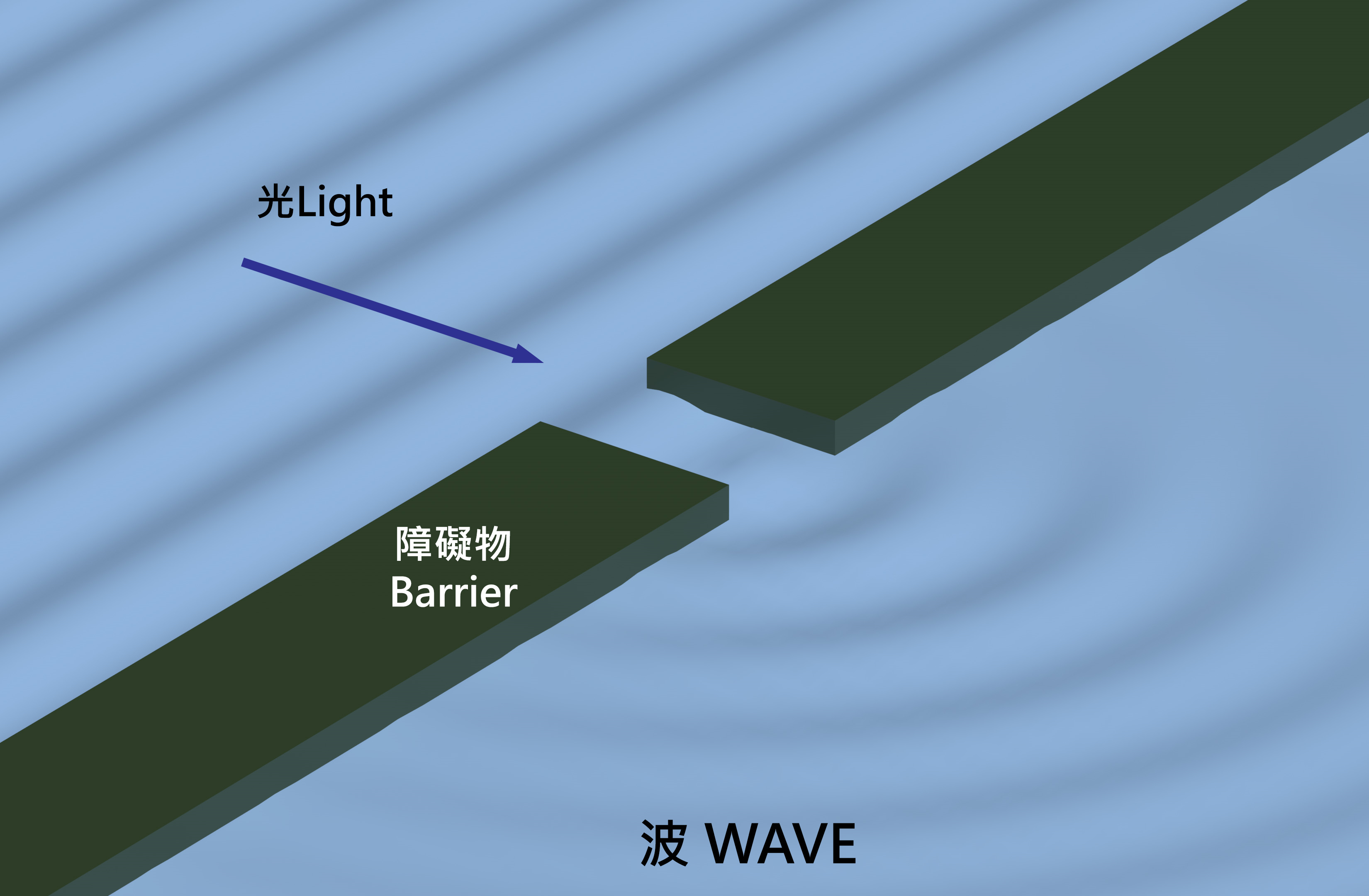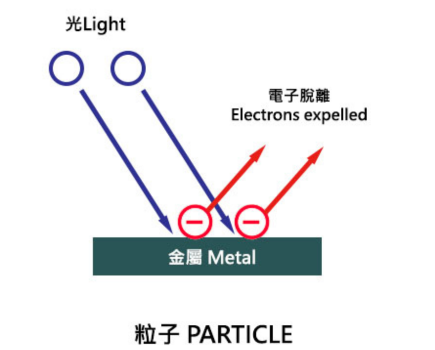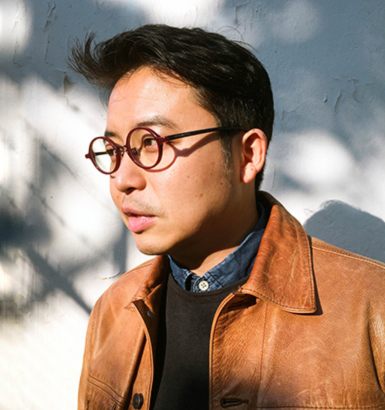Art Projects
Schrodinger's Bed




Date & Time:
25.3 - 8.6.2024
24 Hours
Venue: Tamar Park
Free Admission
*The Organiser reserves the right to vary, amend, add, or revoke any terms and conditions of participation, the programme content and visit schedule at its sole discretion at any time without prior notice.
The artwork is a playful analogy to the famous quantum mechanics thought experiment, Schrödinger’s Cat and encourages the public to think about the nature of physics.
Schrödinger’s Bed is comprised of nine cubic frames resembling nine daybeds which provides a resting area for the public. Six inflatable cats are installed in some of the nine cubic frames. Three inflatable cats are with lying flat in the cubes while another three are phubbing upright. The public are invited to experiment with them with cameras. It is a playful analogy to Schrödinger’s Cat thought experiment in quantum mechanics to show a visitor lying on a bed may be considered awake and asleep simultaneously when unobserved, in order to provoke our ways of thinking.

When light passes through a narrow slit, it exhibits wave-like behaviour, spreading out in a similar manner to water waves.

When light is used to illuminate some metals, electrons sometimes escape, which is similar to the effect of particle collision.
There is an old saying that states: “A cat has nine lives. For three he plays, for three he strays, and for the last three he stays.” The artwork is composed of 9 frames, resembling 9 beds for the cat. The cat is awake and plays in 3 beds, is asleep and stays in 3 beds and strays away for 3 empty beds. But can it be awake and asleep at the same time?
In 1935, a thought experiment was proposed by an Austrian theoretical physicist, Erwin Schrödinger, during a discussion with Albert Einstein: a cat is placed inside a closed box with something that might release a poison. Until we open the box and look inside, we do not know if the cat is alive or dead. According to quantum theory, the cat is both alive and dead at the same time. It is more than a wordplay. In the world of extremely small scale, things can exist in multiple states until we observe them, and then they settle into one state. Bothered by this, Albert Einstein once said, “I like to think that the moon is there even if I am not looking at it.” The mind-blogging fact that multiple states exist simultaneously in microscopic world gives rise to quantum computing. Compared to the bit (either 0 or 1) of traditional computers, the multiple states of a quantum bit (or qubit for short) allows quantum computers do multiple calculations at once, which makes them extremely efficient.
Light is everywhere in the universe. It spreads through space like a wave and also exhibits particle-like properties. Its dual character reveals the weirdness and mystery of the microscopic world. Just like Schrödinger's cat, things can exist in multiple states in the microscopic world and they will "fall" into a certain state until we observe them. This is also true for light. It doesn't show the characteristics of waves or particles until we observe it. It is so weird! Before the prevalence of quantum mechanics, scientists always believed that observers who conduct scientific experiments would never affect the subjects. However, the rules of the game in the microscopic world are different. In the microscopic world, the action of the observer will directly affect the results of the observations. No wonder the great physicist Einstein also spoke out to express his rejection of quantum mechanics: "Do you really believe the moon is not there when you are not looking at it?"
Dylan Kwok is a maker, a culturalist and a storyteller.
Spending his childhood in Hong Kong with close connections in Japan, he moved to Canada with his family during college years. At that time, Dylan became particularly intrigued by Nordic socialism and its minimalistic design, which subsequently led him to study and work in Finland.
Years of exposure across cultures have sparked his interest in creating systems of objects that can serve a wider audience. He has applied design methods on various art projects involving public space elements, such as park benches, trams, podium gardens, community kitchen, an old train station in Japan, the public fountains and the Harbour Area in Helsinki, Finland.
Before his current practice as an installation artist, furniture designer and a performance artist, Dylan visualised interior concepts for Burdifilek Design Studio in Canada, and joined different architectural offices in Finland to conduct design studies for Nokia and the Helsinki City Planning Office. Since settling back in Hong Kong in 2011, he has managed various community projects and exhibitions for the Chinese University of Hong Kong (School of Architecture), the Hong Kong Polytechnic University (Design Institute for Social Innovation) and the Hong Kong Design Centre.
A visiting lecturer at the Hong Kong Polytechnic University, Dylan was granted the best Masters thesis award by the University of Art and Design Helsinki (TAIK), was given the Hong Kong Young Design Talent title in 2009, and the Certificate of Commendation of the Secretary for Home Affairs' Commendation Scheme in 2019. He is currently taking the apprenticeship at Choi Kee Birdcage Lacquerer, under the supervision of master birdcage maker, Chan Lok Choi of Hong Kong. He has published a book, Open Birdcages, to introduce this unique vernacular art of Hong Kong.
